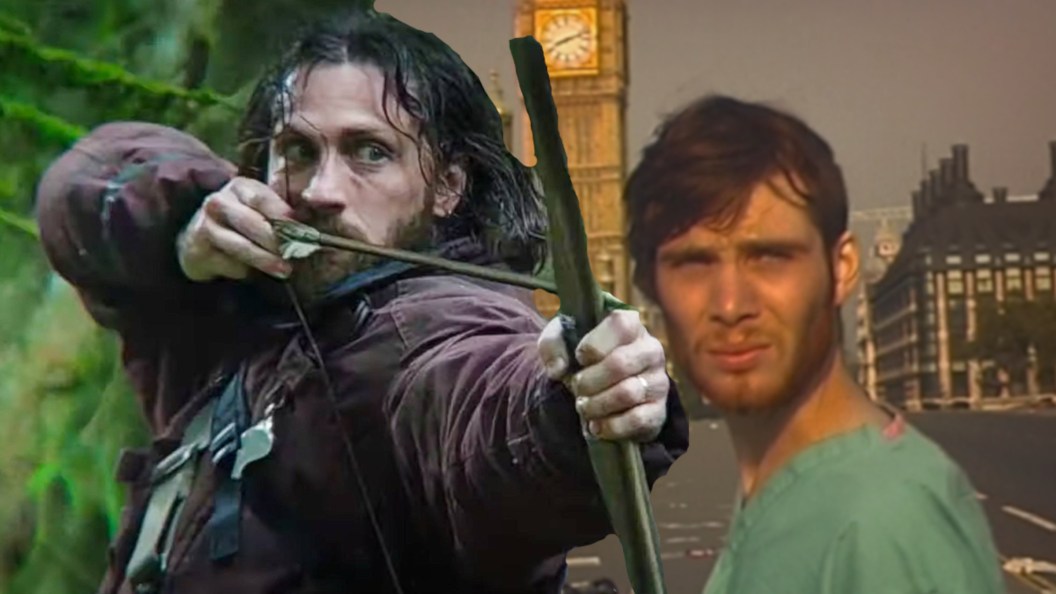
28 Years Later continues the zombie-survival-horror that first launched with Danny Boyle’s breakout horror indie film 28 Days Later (2002). With Boyle now back in the director’s chair, a lot of fans are expecting 28 Years Later to continue the franchise’s overarching narrative, as well as some specific story elements from the previous films. However, right off the bat we should’ve known that the usual sequel (or threequel) expectations weren’t going to apply to this case, as the span of 28 years is a much different kind of narrative framework than 28 days, or even 28 weeks (which equates to a little over six months).
So, before we even address whether or not you have to see 28 Days Later or 28 Weeks Later, fans should probably hear this pivotal disclaimer:
28 Years Later Is Very Much A Soft-Reboot

As the title implies, 28 Years Later takes place so far down the timeline from the original film that there’s little connective tissue left, besides the framework of Europe having fallen to a zombie virus outbreak. That immediately changes the parameters of the film, compared to previous installments: this isn’t about the mad dash for survival anymore, but rather a world in which the entire sense of words like “madness” and “savagery” have taken on entirely new meanings.
Do You Have to Watch the Previous Films to Understand 28 Years Later?

The short answer here is: No. You don’t actually have to watch 28 Days Later or 28 Weeks Later to understand 28 Years Later. There’s enough separation between the story of the previous chapters and this latest one to jump on board fresh and still appreciate the terror and tension of Danny Boyle’s vision of the zombie apocalypse.
That said, since Boyle directed both 28 Days Later and 28 Years Later, there are some clear narrative and stylistic connections to be found between the two films. Like the first film, 28 Years Later has a guerrilla-filming camera style and hyper-kinetic quick-cut montages throughout the film, juxtaposing both historical and modern-day socio-political implications with the dystopian world of the film.
Beyond the tonal and stylistic similarities, there’s nothing else about 28 Days Later that newcomers need to know for 28 Years Later. It is fairly conspicuous that Boyle’s threequel film seems to side-step 28 Weeks Later entirely. Boyle wasn’t involved with the sequel, which was directed by Juan Carlos Fresnadillo (Damsel), while a team of screenwriters took over storytelling duties from Alex Garland (Ex Machina). Garland is now back to write 28 Years Later, and seems equally uninterested in touching upon 28 Weeks Later and the mythos it introduced.
That’s a pivotal decision, as 28 Weeks Later introduced the notion of some humans, like young Andy (Mackintosh Muggleton), being able to carry and transmit the zombie infection without actually turning into one. To be fair, we know that 28 Years Later is only the first half of a two-part story, which will continue with 28 Years Later: The Bone Temple next year. The next film will also be written by Garland but will trade Boyle for The Marvels director Nia DaCosta. It remains to be seen if The Bone Temple will incorporate any lore from 28 Weeks Later or continue to side-step its place in the franchise.
Finally, it’s been revealed that The Bone Temple will be where we see Cillian Murphy’s 28 Days Later character Jim make his return, creating a much more direct tie between that first film and this new era.
What Is 28 Years Later About?
According to the film’s official synopsis: “Academy Award®-winning director Danny Boyle and Academy Award®-nominated writer Alex Garland reunite for 28 Years Later, a terrifying new story set in the world created by 28 Days Later.
It’s been almost three decades since the rage virus escaped a biological weapons laboratory, and now, still in a ruthlessly enforced quarantine, some have found ways to exist amidst the infected. One such group of survivors lives on a small island connected to the mainland by a single, heavily-defended causeway. When one of the group leaves the island on a mission into the dark heart of the mainland, he discovers secrets, wonders, and horrors that have mutated not only the infected but other survivors as well.”
28 Years Later is releasing in theaters. The Bone Temple has a release date of January 16, 2026.
The post 28 Years Later: Do You Have to Watch the Previous Films First? appeared first on ComicBook.com.

